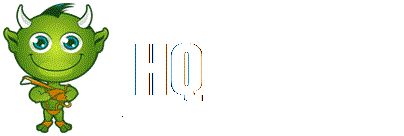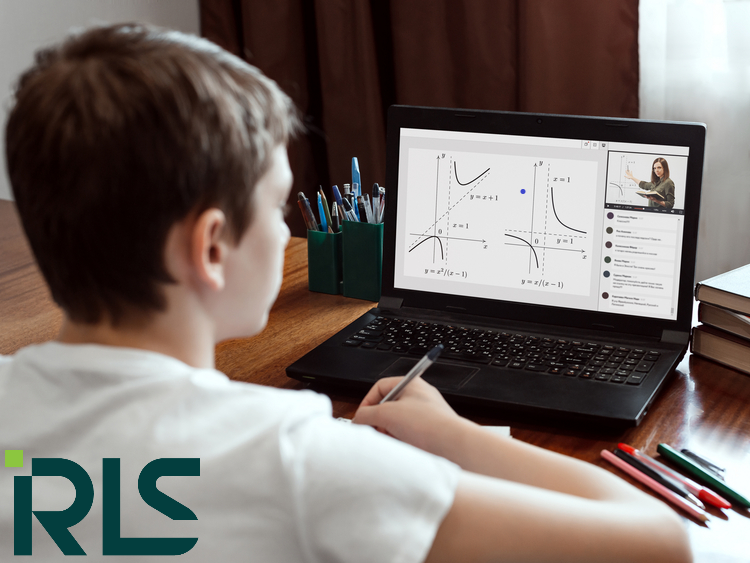Contents
General Information[edit]
History of the Demon Girl is the first major release from Silhouette Games.
For more information about the game visit the website at SilhouetteGames.com or head over to the game's IndieDB page for news and screenshots! If you are social media inclined, you can follow the tumblr (linked above), or our Twitter feed @PlaySilhouette, or like us on Facebook.
The Story[edit]
The game is about a demon girl named Roku and her journey to escape Hell and return to the world of the living. Helping her tear through the 9 Circles is Sam. Sam is a floating demon head who initially wakes and offers to free Roku from a frozen eternity. He tells her that she doesn't belong there in the first place and that he can show her the way out. As a guide, Sam will sometimes give helpful hints. As an evil demon, he will sometimes rudely mock your performance - it's just his nature. He's sorry (he's not sorry).
The Gameplay[edit]
The game is a Runner. Unlike traditional Runners, this game is not randomly generated nor is it endless: it has levels. Each level (or stage) will have its own design with a clear ending. At the start of each stage, Roku is going at her basic running pace and is positioned on one of three tracks. As she runs, she will have to dodge obstacles, run over enemies, and grab tokens by switching tracks at the right time. Grabbing tokens (inscribed with her name) empowers her and Roku is able to run faster. If she hits an obstacle, she'll default back to her starting pace. When she runs over an enemy, their souls are released! All of these things contribute to an overall score which combines with the time it took to get to the end of the stage to form a final stage score. At that point Roku can choose to either go back and collect more energy/release more souls, or move forward on her journey.
Losing[edit]
In creating this game, the goal was to make a title where gameplay wasn't so much about dodging things as it was about seeking them. There are so many Rogue games out there or twitch games that make instant or perma-death their main mechanic. Things like losing for fun and insane difficulty have sort of become the norm in indie design. History of the Demon Girl is an attempt to create a game where the player is constantly feeling successful by default, but also naturally prompted to want to do better. That way, if they do REALLY well, they feel only like more of a hero. It's a style of play where the player is focused on DOING SOMETHING or WINNING MORE instead of trying NOT to do something or LOSING LESS. As a result, you can't really lose in History of the Demon Girl, you can only do better than all of your friends and isn't that what the afterlife is all about? But I guess if losing's like your thing, that's cool too. Way to go...with that.
Playtime[edit]
There are 9 Circles of Hell and each Circle contains 3 levels referred to as Stages. There is also one Stage at the end of each Circle called the "Break Stage" which contains different gameplay. This means the game will have roughly 36 stages upon completion. The final version will also contain bonus levels known as "Hell Holes." How many? Where? And how are they reached? These are all very lovely questions. Good luck answering them.
All told, playing the full game would take the average person about two hours or so, not counting replays or bonus levels.
Art Style[edit]
The pixel art for the game is heavily influenced by Capcom's NES titles. The game does not adhere to a strict color palette though an attempt has been made to keep the color count on each sprite and tile set very low. While the game is being made in Flash, the animation is not - with the exception of some of the opacity transitions and simple linear movements. If a pixel is moving, it was hand placed.
Music Style[edit]
The music for this game is also HEAVILY influenced (even more so than the art) by the music of the NES Mega Man games. The emphasis was on creating upbeat, charging music. Another slightly less obvious influence would be the music of Philip Glass. All of the music was created in FamiTracker using custom created instruments. The tracks utilize the Nintendo MMC5 module expansion to allow for 2 extra pulse channels. This same expansion was used in classic games like Castlevania III and Just Breed.
Platform[edit]
As the game is being built in flash, it will be available for both Windows and Mac on release via Desura and other independent outlets. We will also be seeking release via Steam's greenlight service.
Release History[edit]
Some early versions of the game were released to small groups for feedback, but the first demo was set to release on January 31st, 2014, but was then delayed to February 15th, 2014. It will contain 3 levels and a Break Stage. There will be a Kickstarter for a full release of the game in February or March, with a goal of releasing the finished game in June of 2014 - these early versions may be included as a package for certain reward tiers.
Development History[edit]
The game's title was conceived of in December of 2012, when Silhouette Games' owner/lead developer Danny "Shadow64" Mastrangelo was studying game design and playing with a random word generator. He started writing down words that he liked for game titles and History of the Demon Girl came up among them. As an exercise, he then took each title and tried to see how fast he could come up with a solid game concept around it. Demon Girl was the concept that intrigued him the most. The game was always going to be about a demon girl named Roku, but originally she was also known as Kurīnkirā or "The Clean Killer". The genre was going to be an Adventure Hack and Slash with possible platforming, but as the idea developed it made more sense to Shadow64 as a runner. He also felt that Roku was obviously well known in her world, by the time she was the known as "Kurīnkirā," and the game's title implied that this would be her "history." Because of this, the gameplay and story were re-conceptualized and in August of 2013, the the current version of the title entered production.





